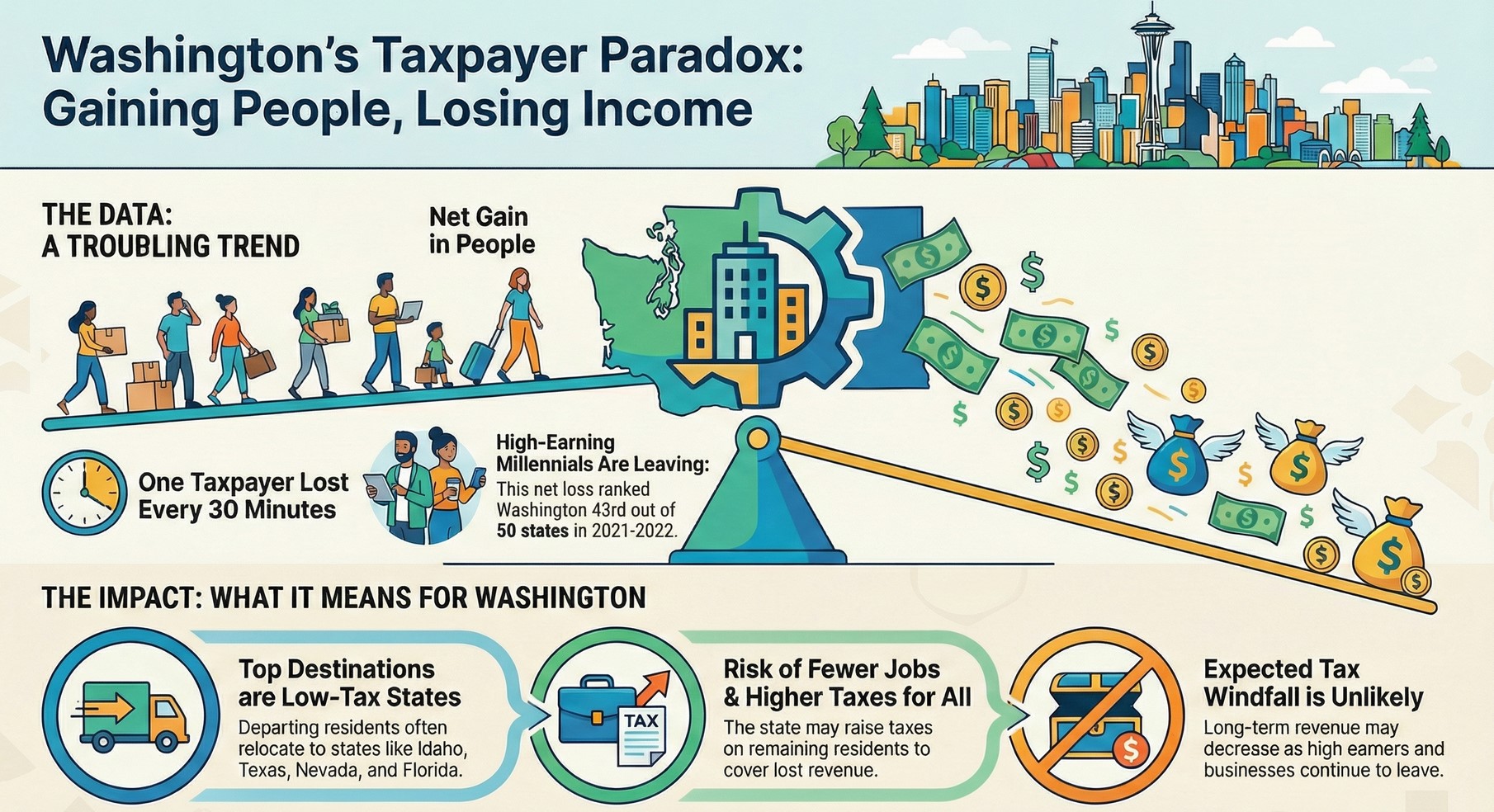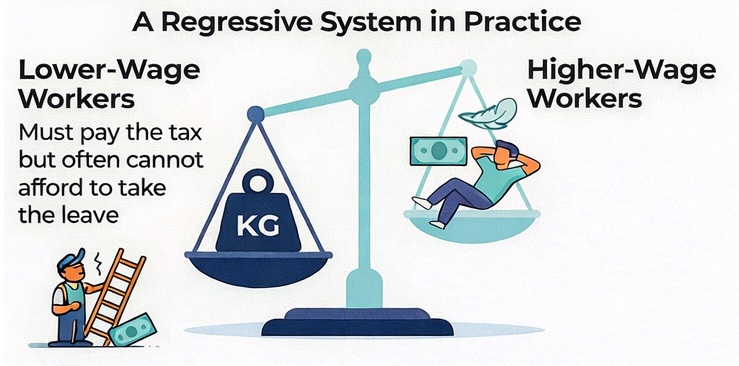Key Findings
1. The Washington Employment Security Department (ESD) has inadequate authentication and fraud protections against scams and individual fraudulent claims.
2. ESD officials have insufficient technical infrastructure and systems to handle benefit demand.
3. ESD needs to improve fund balance reporting accuracy, data timeliness and data availability.
4. ESD officials need to provide the public with more transparency into its internal policies.
5. Repayment responsibility of federally secured loans to keep the trust fund solvent is applied to employers that did not cause the depletion of the fund.
6. ESD is projecting that Washington will be at a sustained seven-to-ten percent unemployment average until 2024.
7. The increase in unemployment tax rates will result in lower wages, lost jobs, increased product and service prices and potentially business bankruptcy.
8. ESD is currently planning to double or triple employer unemployment tax rates in 2021.
9. The Unemployment Trust Insurance Fund has insufficient benefit flexibility for individual claimants.
10. Workers should be allowed to have Individual Unemployment Accounts to protect their benefits and to guard against repeated fraud.
Introduction
The COVID-19 crisis and economic shut-down has highlighted the failures of the state Employment Security Department (ESD) to manage the Unemployment Trust Investment Fund (UTIF). This clear failure in leadership and management demonstrates the need for significant reform in both the fund management and in ESD policy.
Specifically, the state-ordered shut-down of employment and business activity has shown that ESD does not have effective systems, procedures, and policies in place for a significant unemployment event. This failure resulted in department managers being unable to meet basic levels of service and to pay benefits in a timely fashion when the number of claims increased.
ESD systems were overwhelmed with a significant increase in benefit claims, which allowed Nigerian scammers and other individuals to take advantage of an inadequate benefit claimant identity verification process and steal at least $650 million in benefits from the public.
Legitimate claimants were unable to contact ESD staff, or experienced long delays, when requesting new and managing existing unemployment claims due to phone and email systems being unable to handle increased volumes. In some cases, eligible Washington residents did not receive benefits for several months, while foreign nationals were able to steal money from the system quickly and easily.
ESD leaders are unable to accurately report on the current UTIF balance, outstanding benefit claims, projected UTIF balance and have withheld basic information from the public. This is in despite of a $44 million upgrade completed early in 2020 on ESD systems that was supposed to correct the system reporting deficiency and add additional fraud protections.
The current financial funding structure of the UTIF does not provide a sufficient level of return on the money being collected through the unemployment security taxes levied on employers.
The process and criteria used to approve or deny claims is not well defined, not transparent to the public and has been changed frequently to meet arbitrary goals because of the COVID-19 fraud events.
Unemployment tax rates that are adjusted to fund replenishment of the UTIF during a large unemployment event, such as COVID-19, do not consider unemployment caused by government mandated layoffs. An employer that historically has a good employee retention rate and would normally have a low unemployment tax rate, is penalized with an increased rate because the state, not businesses, required employers to lay off employees.
The UTIF fund balance will need to be replenished with a loan from the Federal Government. This loan must be repaid by November 10th of the second year after the loan application was filed. State officials are planning to impose this repayment cost on employers by increasing the unemployment tax rate until at least 2024.
Read the FULL Policy Brief here.





